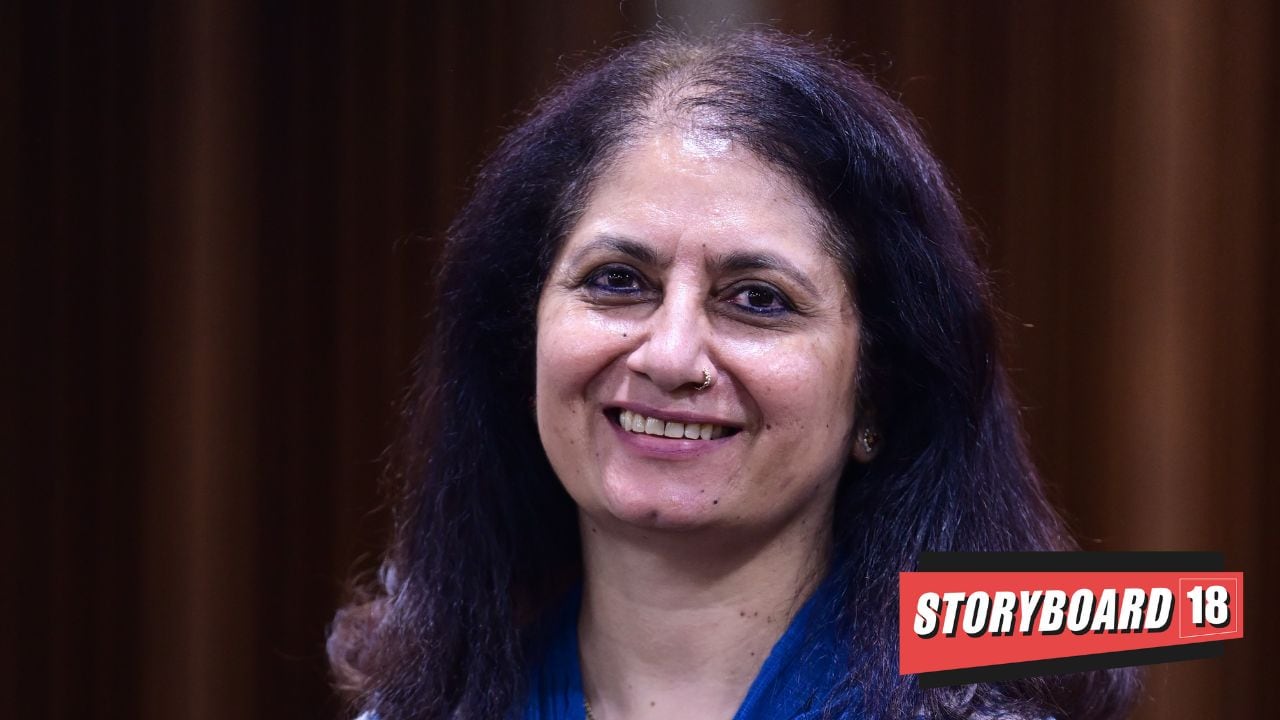Prime Minister Narendra Modi launched the 5G telecom services in India in October 2022. The technology seeks to provide seamless coverage, high data rate, low latency and highly reliable communications system. 5G services are also expected to play a major role to achieve the economic goal of making India a $5-trillion economy by 2024-25. According to experts, 5G will have a cumulative economic impact of $1 trillion by 2035 and can deliver an additional GDP of $150 billion for the country, between 2025-40.
Ericsson entered India in 1903. It was the first telecom vendor to set up manufacturing in India in 1994. we were the first telecom vendor to actually manufacture in India in 1994. We have a huge factory in Pune with our partner, Jabil, where we actually ramped up our production massively to cope up with the fast roll out of 5G in India. We also have about 27,000 plus employees which are sitting across you know R&D sales service, our network operating center.
“We’ve partnered India’s telecom journey all across the Gs, from the first G up to 5G currently. More recently, we’ve been working with our partners Jio and Airtel to have the fastest 5G deployment anywhere in the world. wE HAVE deployed more than 420000 5G sites all across the country and we already have more than 160 million subscribers that have adopted 5G services, ” says Ruchika Batra, VP Marketing & Communications, Head of News & PR for SE Asia, Oceania and India.
Some of the sectors that Ericsson has identified as 5G potential sectors are healthcare, agriculture and financial services. “We have also picked up consumer experiences and education and have optimized use cases of how 5G can actually help realize the Digital India vision.”
“When it comes to academic collaborations, Ericsson has partnered with IIT Madras, IIT Kharagpur, ISI and more recently signed an MoU with the Government of India DoT towards extending 5G education to the 100 5G labs that have been set up by the government in India. We are giving access to 5G education, 5G and AI automation education to the students who are doing their professional education in these 105 institutes, which have been identified by DoT as the 5G smart labs. Ericsson has also been working on new technologies in terms of research in 6G as well,” shares Batra.
Leveraging AI
There are networks that leverage AI and automation to ensure that the network performance is enhanced and more energy efficient. “Ericsson has a global AI accelerator in Bengaluru where data scientists are working full time on this. This is one of our three global AI accelerators anywhere in the world. India has more than 300 data scientists who are working on the AI technologies that can really benefit the telecom networks. Some of the sectors that Ericsson has identified for exemplifying 5G potential sectors are healthcare, agriculture and business in terms of financial services. We also picked up example of consumer experiences and education and what we wanted to do was to really exemplify by way of use cases of how 5G can actually help realize, the Digital India vision,” says Batra.
India is the largest employee base for Ericsson anywhere in the world. We have our full-scale operations, whether it’s sales, marketing, manufacturing, R&D, to the network Operation Center, which supports managed services operations for networks across the globe. Therefore, India as a market is quite significant for Ericsson.
For Batra, 5G enabled, automated inventory tracking and other technologies will enable working smarter instead of harder. It’s possible, so all of these are based on the 5G technologies, and this is really being used in the factory setups.
Batra points out the success of UPI in India and the millions of transactions which are being done on 4G and and highlights the impact that 5G creates with faster downloads and low latency. She further shares the role of 5G in saving lives and talks about the Imagine Possible campaign being a medium to make customers aware about the potential of 5G. “A a lot of people lose their lives when they are being transferred from their residence to the hospital. Given the traffic conditions, we showed the use case of what actually happens if you can access the medical services of a doctor who can actually see the condition of the patients while the patient is in transit. One can actually help provide emergency services right there to the patient and save lives,” signs off Batra.
